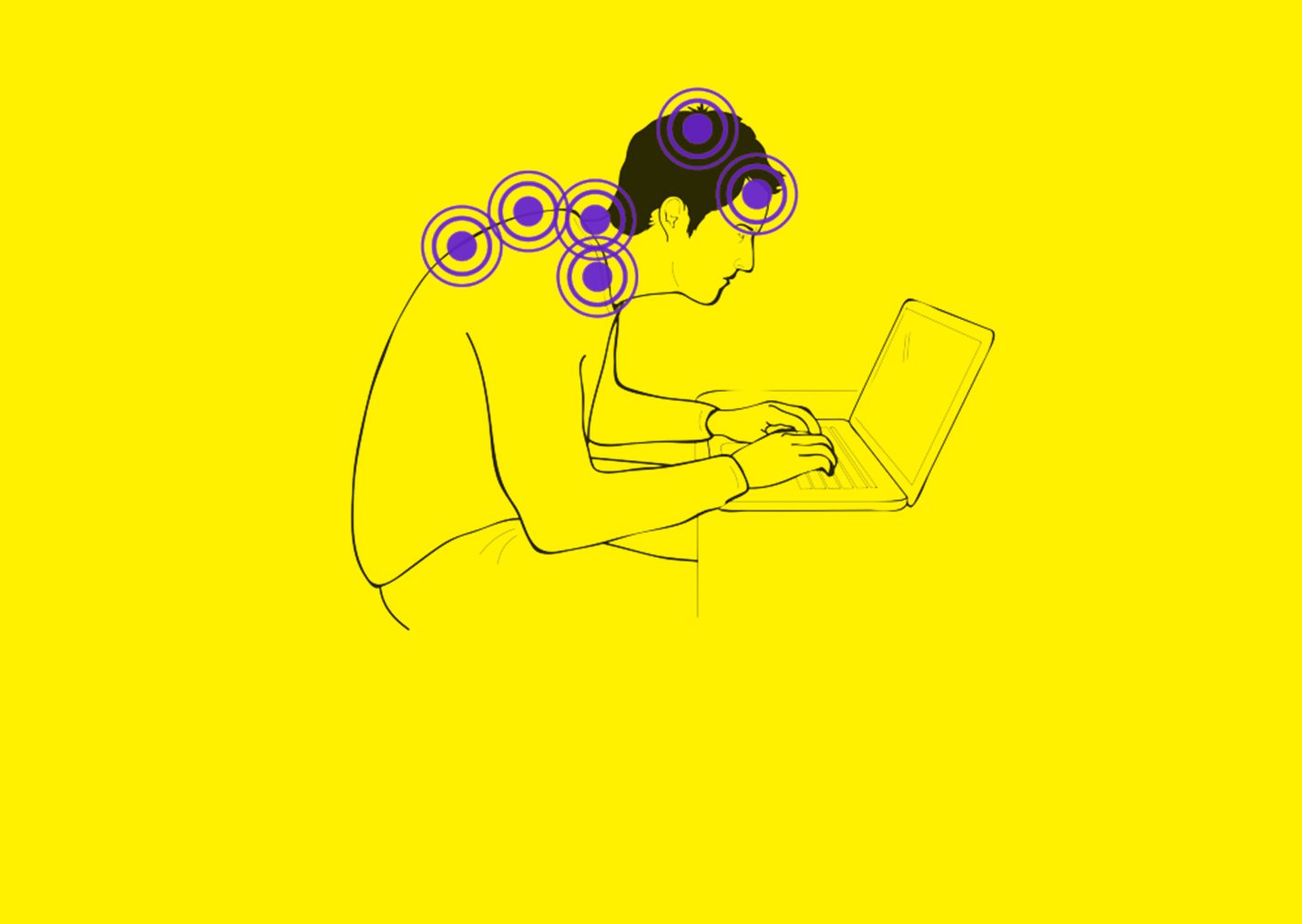
For many of us, COVID-19 has turned our working lives upside down. Self-isolation has led to an immediate and stratospheric rise in homeworking. While technology has proven to be an amazing resource, allowing many of us to connect and stay productive from home (and meet our colleagues’ dogs), this change in work practices poses lots of new challenges.
One challenge you may not have considered in the midst of coronavirus is workplace safety. Your home probably isn’t somewhere you would think of as unsafe, yet once we start using our homes as offices, all sorts of unexpected problems can crop up.
One challenge you may not have considered in the midst of coronavirus is workplace safety. Your home probably isn’t somewhere you would think of as unsafe, yet once we start using our homes as offices, all sorts of unexpected problems can crop up.
Why Workplace Safety Matters
In the UK, there are reams of legislation and guidance in place to ensure employers look after the wellbeing of staff. These guidelines don’t just cover wearing hard hats on building sites; they also extend to employers’ responsibilities to staff who work in offices. There’s even extensive guidance exclusively covering seating for staff.
According to UK legislation, employers must assess the suitability and safety of office workstations. The goal? To reduce the risk of common workplace health issues. For those of us who work at a desk, these include:
- carpal tunnel syndrome
- repetitive strain injury (RSI)
- neck pain
- back pain
- computer vision syndrome (CVS)
But without oversight from our employers, how can we protect ourselves from these common health issues when we work from home? For new homeworkers who experience chronic pain, these questions are especially important. While our employers may have provided ergonomic seating in the office, we must now adapt our home environments and practices to help stay as healthy at “work” as possible.
Take a look at these tips and resources to improve the safety of your home workplace.
Tips & Resources for Homeworkers
Sedentary jobs can have serious health consequences over the long term, especially if your set-up is placing strain on your body. Sitting correctly is one of the very best things you can do to improve your home office safety. Taking care of your posture can make a world of difference when it comes to issues such as RSI, neck ache, back ache, back problems and carpal tunnel.
Tips
1. Do not work from your bed…
…or your sofa, or a hammock… This is an all-round nightmare for your posture. It might feel comfy now, but trust us, the long-term consequences are just not worth it. This could be a challenge for anyone in a shared living situation, but try to source a proper chair if at all possible.

2. Reconfigure your laptop
Laptops are great when you’re on the move, but they’re not good for your posture. If you’re using a laptop for your homeworking, consider the following adaptions:
- Get a laptop stand to position your screen at eye level
- Set up a DIY laptop stand in a pinch
- Invest in a separate keyboard so you can prop up the screen
- Get a separate monitor, instead of propping up your laptop
3. Ensure your arms are parallel to the desk
There should be a right angle bend at your elbow. You could invest in an armrest to help improve your positioning, or even use a rolled up towel. This positioning hack can help reduce repetitive strain injuries and carpal tunnel.
4. Sit up straight
This advice may sound ‘straight-forward’, but it’s actually very challenging to sit up straight while working. Slouching forward is very common in desk-based roles. This tutorial will teach you better sitting posture. You could also invest in an ergonomic office chair, backrests you can add to your existing seating, or even use a rolled up towel just behind your lower back to make a big improvement.
5. Look after your body
Good self-care during quarantine will help your body take home working changes in its stride. Whether your body is in a happy place, you suffer from pain in your small joints or have issues with your big joints, make sure you take gentle exercise as often as possible. If you’re not up to taking a daily walk, cycle or jog, you can try these small, simple desk exercises to keep your body moving during the day.
6. Manage your pain
Chronic pain, or even just neck ache, can leave us demotivated and struggling to work. Pain during working hours can even lead us to tensing up in unhelpful postures, or simply giving up and slumping on the sofa. Managing your pain by ensuring you have repeat prescriptions ready (there are lots of ways to set up delivery of medication during the coronavirus outbreak), taking gentle exercise and giving your body the ingredients it needs to feel its best can make a big difference. If you’re looking for pain relief solutions for your specific chronic issues such as back pain or wrist pain, it may be worth finding out more about how our patches work.

Resources
- The Health & Safety Executive’s (HSE) workstation checklist will help you perform a self-analysis of your homeworking space. Although not all of the items on the list will be achievable without considerable investment and adaptations, you may uncover lots of small tweaks and changes you can make to improve your comfort and safety.
- The HSE fact page on homeworkers outlines employers’ responsibilities to those working from home. Although COVID-19 means that we need to be a little more flexible and patient at the moment, it is still your employers’ responsibility to look after your health while homeworking.
- This resource from PosturePeople includes lots of helpful pointers for setting up a home office, including making sure that the top of your screen is in line with your eyebrows to prevent neck strain and stooping. Once you’ve aligned your screen, reach out your arm. You should just be able to touch the screen. This is the correct distance for your screen.
- This helpful resource from the NHS demonstrates common posture problems (often caused by inappropriate sitting positions) and recommends helpful exercises to combat each issue.
- This Google Chrome extension will intermittently remind you to stop slouching and tell you to get up and move around at regular intervals!
- This YouTube tutorial from physical therapists Bob and Brad will talk you through best practice workplace setups.
Ready to be productive and avoid the homeworking slump? To stay healthy and productive at work at home, follow the above tips and be sure to talk to your employer about your workplace safety needs. It’s also important to remember to look after your mental health while working from home, so make sure you check in on your colleagues to help combat issues associated with self-isolation.
Do you have any smart homeworking tips? We’d love to share the knowledge. Send us your ideas and home office hacks.



